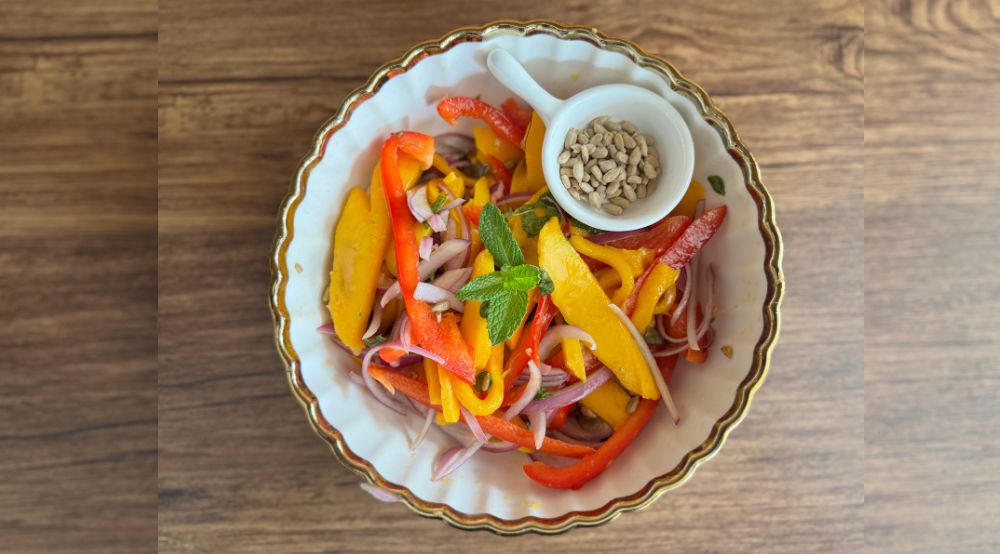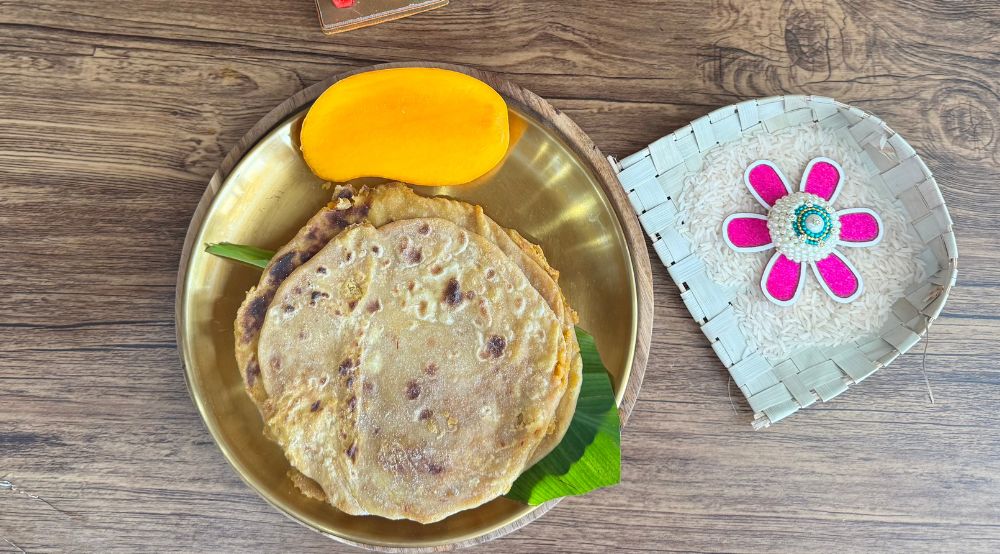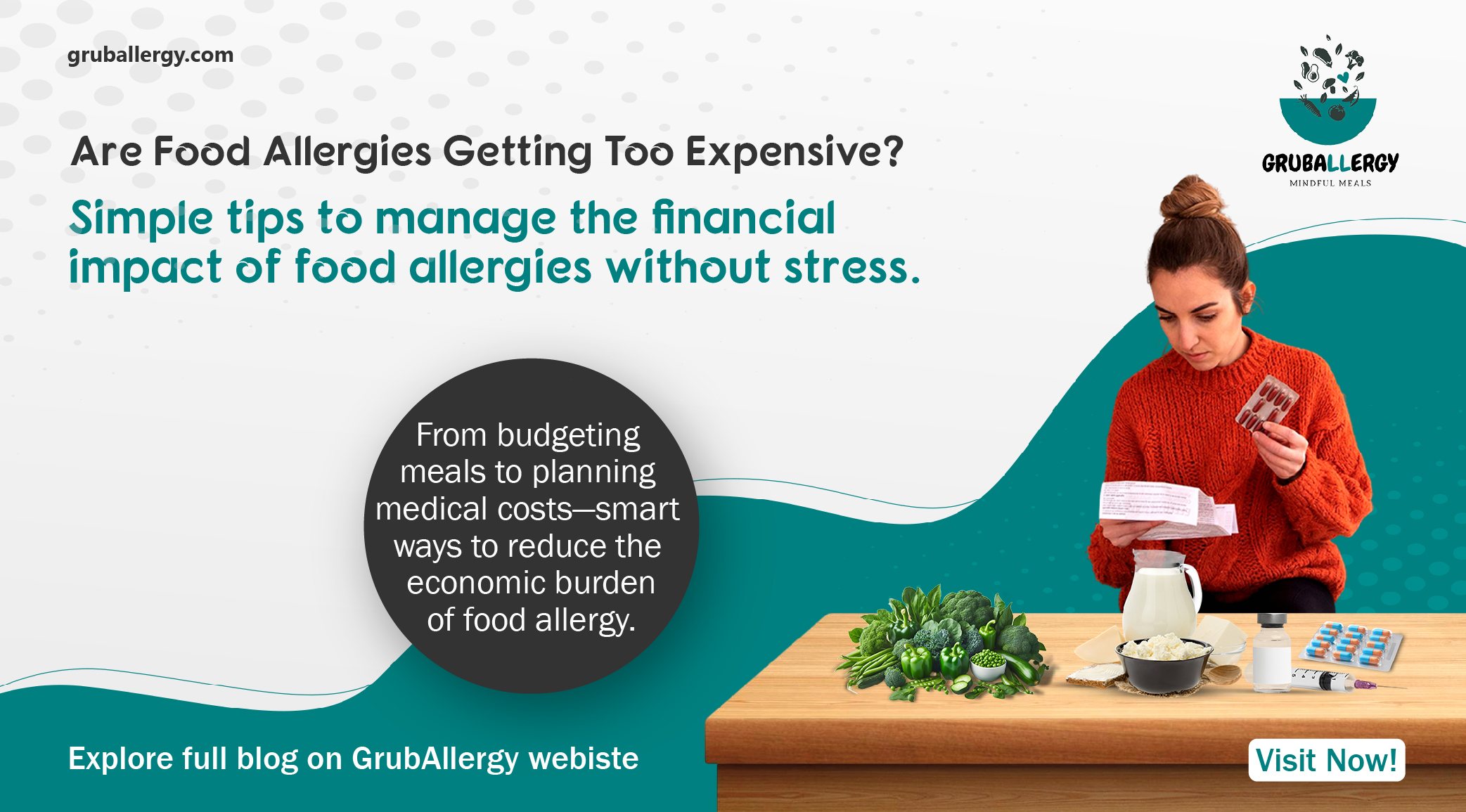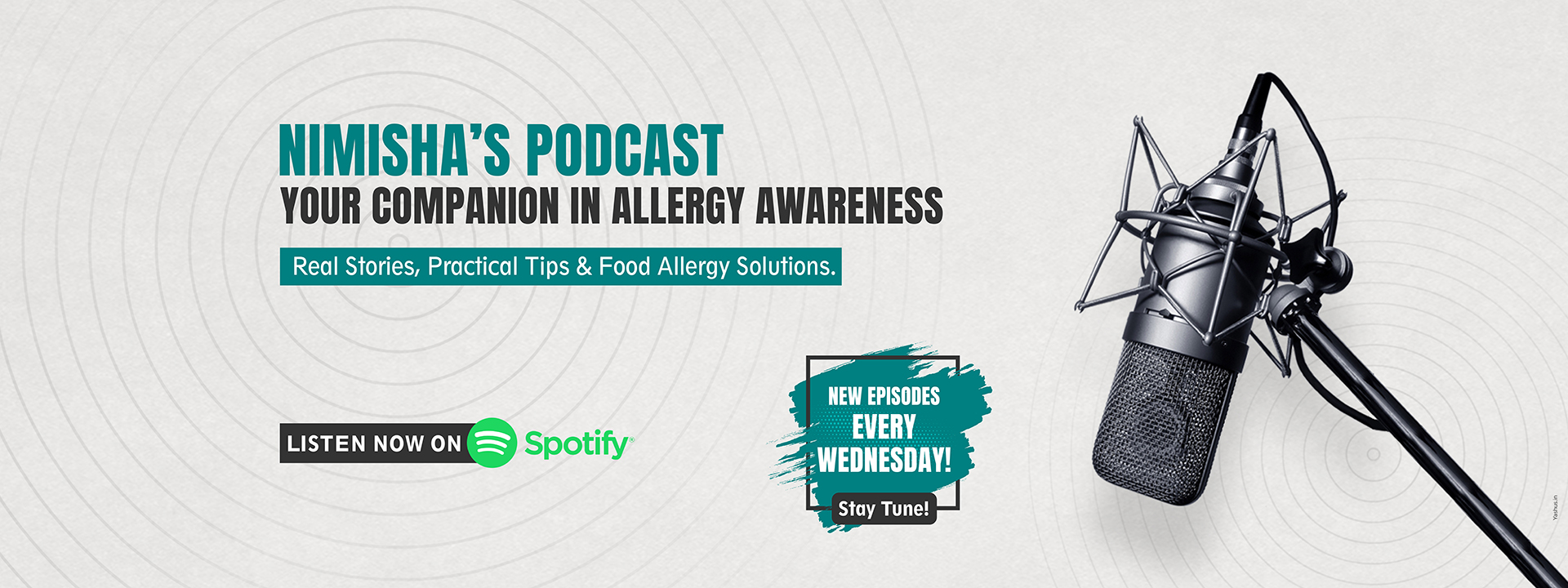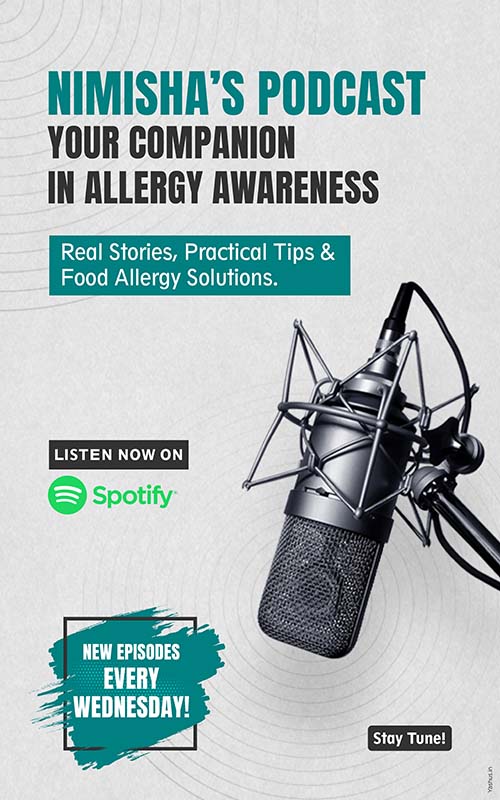Combining Indian and American Fall Traditions: Diwali Festival & Halloween Celebrations
BlogsOctober 8, 2024

As the air turns crisp and the leaves begin to change, the fall season brings a time of rich traditions and cultural celebrations in both America and India. Though these two countries are separated by thousands of miles, their fall festivities share common themes of gratitude, light, and community. By blending these traditions, we can create unique and meaningful ways to celebrate the season, embracing both cultural identities.
The American Fall: Harvest and Thanksgiving
In the U.S., fall is marked by the harvest season and the celebration of Thanksgiving. Held on the fourth Thursday of November, Thanksgiving centers on the idea of giving thanks for the year’s harvest and blessings. Families and friends gather around tables laden with turkey, cranberry sauce, mashed potatoes, and pumpkin pie, all symbolizing the abundance of the season.


Other key American fall traditions include pumpkin patches, corn mazes, and the Halloween festival. Celebrated on October 31, Halloween has become one of the most iconic fall events in the U.S., featuring activities like trick-or-treating, haunted houses, and elaborate costumes. Children and adults alike participate in traditional Halloween activities, such as carving jack-o’-lanterns and attending costume parties. But Halloween, why do we celebrate it? The origins of Halloween can be traced back to ancient Celtic traditions, specifically the festival of Samhain, which marked the end of the harvest and the beginning of winter. Today, Halloween represents a playful exploration of fear, fun, and community spirit, where families gather to enjoy Halloween celebrations and the spooky, creative energy of the season.
The Essence of Halloween
One might wonder, Halloween, why is it celebrated with so much enthusiasm? Beyond the costumes and candy, Halloween has deep-rooted traditions. Originally, the holiday was a time to honor the spirits of the deceased, as it was believed that on this night, the boundary between the living and the dead was the thinnest.


Over time, Halloween has evolved into a joyful, community-based celebration filled with Halloween activities like haunted houses, ghost stories, and spooky games. Families light up their porches with glowing jack-o’-lanterns, children trick-or-treat through the neighborhood, and everyone indulges in the thrill of the eerie.
The Indian Fall: Navratri and Diwali
In India, fall is highlighted by two major festivals: Navratri and Diwali. Navratri, a nine-night celebration of the goddess Durga, usually occurs in late September or October. It’s a time of dance, music, and worship, with traditional dances like Garba and Dandiya taking centre stage. Shortly after Navratri comes Diwali, the festival of lights, one of India’s most significant celebrations.
.jpg)
Diwali festival typically occurs in October or November and marks the triumph of good over evil, light over darkness, and knowledge over ignorance. The Diwali tradition involves lighting diyas (oil lamps), decorating homes with rangoli, exchanging sweets, and setting off fireworks. The traditional way of celebrating Diwali focuses on bringing families together, performing puja (prayer) to Lakshmi, the goddess of wealth, and spreading joy. This traditional Diwali celebration symbolizes hope, prosperity, and unity as communities come together to light up the night with vibrant displays of light and color.
The Spirit of Diwali
Diwali festival is a joyous occasion marked by a deep sense of gratitude and celebration. The traditional Diwali celebration includes worship rituals, family gatherings, and exchanging gifts, especially sweets like laddoos and barfi. Every flickering diya serves as a symbol of hope, pushing back against darkness. Much like Thanksgiving in America, Diwali is about gratitude, community, and celebrating with loved ones.
Common Threads of Light and Community
Though Halloween and Diwali come from different cultural contexts, they share core values of light, community, and togetherness. Both festivals use light as a powerful symbol — whether it’s the flicker of a diya in Diwali or the glow of a jack-o’-lantern in Halloween, the meaning is universal: pushing back against the darkness. During both celebrations, families come together to foster a sense of community and shared joy. The Halloween traditions and celebrations of sharing candy, dressing up, and visiting neighbors echo the warmth and togetherness seen in Diwali, where families exchange sweets, visit friends, and share blessings.
Celebrating Together: A Fusion of Traditions
This fall, with Halloween and Diwali aligning on the calendar, we have the opportunity to create unique fusions of both celebrations. Imagine combining the spooky fun of Halloween with the vibrant lights and warmth of Diwali. Communities could organize events like a Diwali-inspired pumpkin carving contest, or a Halloween-themed rangoli competition, blending the best of both traditions.
By embracing both Diwali festival and Halloween festival, we can honor the diverse cultural fabric of our world. This fusion allows us to appreciate the deeper meanings behind both holidays — whether it’s Halloween’s playful acknowledgment of the supernatural or Diwali’s triumph of light over darkness. These celebrations remind us that love, joy, and community are universal values that transcend cultural boundaries.
Recipe to Celebrate the Fusion
Pumpkin Spice Laddoos: Add a fall twist to the traditional Diwali sweet with pumpkin spice! Make laddoos using roasted chickpea flour, jaggery, pumpkin puree, and spices like cinnamon and nutmeg. Shape them like mini pumpkins and add green fondant leaves for a playful, festive touch.
Rangoli-Inspired Sugar Cookies: These colorful sugar cookies can be decorated with icing to resemble intricate rangoli patterns. Vibrant colors and delicate designs honor Diwali's artistic traditions while bringing a whimsical, Halloween-inspired feel.
Conclusion
By blending Halloween traditions and celebrations with Diwali traditions, we create new, exciting ways to honor both cultures. Whether it’s hosting a spooky Diwali dinner, decorating pumpkins with rangoli designs, or enjoying a blend of sweets from both holidays, these fusion celebrations encourage us to embrace the diversity that defines our world. This fall, whether you’re lighting diyas, carving pumpkins, or gathering with loved ones, you’re celebrating traditions that unite us all through community, gratitude, and the power of light.
Check Out Our Delicious Allergen-Free Festival Recipes
FAQ
-
Halloween is celebrated on October 31st as a modern version of the ancient Celtic festival of Samhain. It marks the end of the harvest and the beginning of winter, when it was believed that the boundary between the living and the dead was thin. Today, Hal

-
iwali festival, also known as the Festival of Lights, celebrates the victory of light over darkness and good over evil. It is traditionally observed by lighting diyas, decorating homes with rangoli, exchanging sweets, and performing prayers to bring prosp

-
For Diwali, traditions include lighting oil lamps (diyas), decorating homes with rangoli, offering prayers to deities, and sharing sweets. Fireworks are also common. Halloween celebrations include trick-or-treating, wearing costumes, carving jack-o’-lante

-
You can blend the Diwali festival with Halloween traditions by incorporating elements of both. For example, try creating a Diwali-themed pumpkin carving contest or hosting a rangoli-making event with a Halloween twist. You could also prepare fusion recipe

-
Popular Halloween activities include trick-or-treating, costume parties, visiting haunted houses, and pumpkin carving. For Diwali, families can light diyas, create rangoli designs, perform puja, and enjoy festive meals together. Combining these can create



